Standing in those snaking airport security lines can feel like watching paint dry, especially when you’re already stressed about making your flight. The good news is that several legitimate programs and circumstances allow you to bypass the regular security checkpoint entirely or move through much faster lanes. These aren’t sketchy loopholes or insider secrets—they’re official programs designed to streamline travel for eligible passengers.
Understanding these options can transform your airport experience from a source of anxiety into a smooth part of your journey. Here are 17 airport security lines you can skip legally.
TSA PreCheck
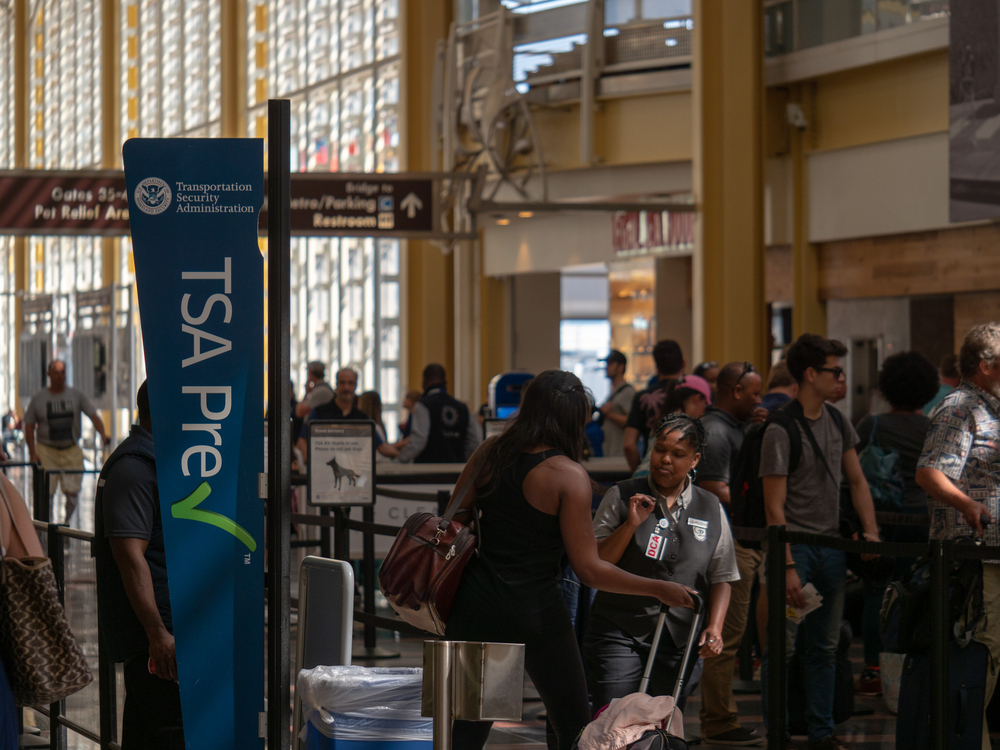
TSA PreCheck remains the gold standard for faster security screening in the United States. Members can keep their shoes, belts, and light jackets on while passing through dedicated lanes that typically move three times faster than regular lines. Your liquids and laptops can stay in your carry-on bag, which eliminates the fumbling and delays at standard checkpoints. The application process involves a background check and costs $78 for five years, making it roughly $15 per year for the convenience.
Global Entry
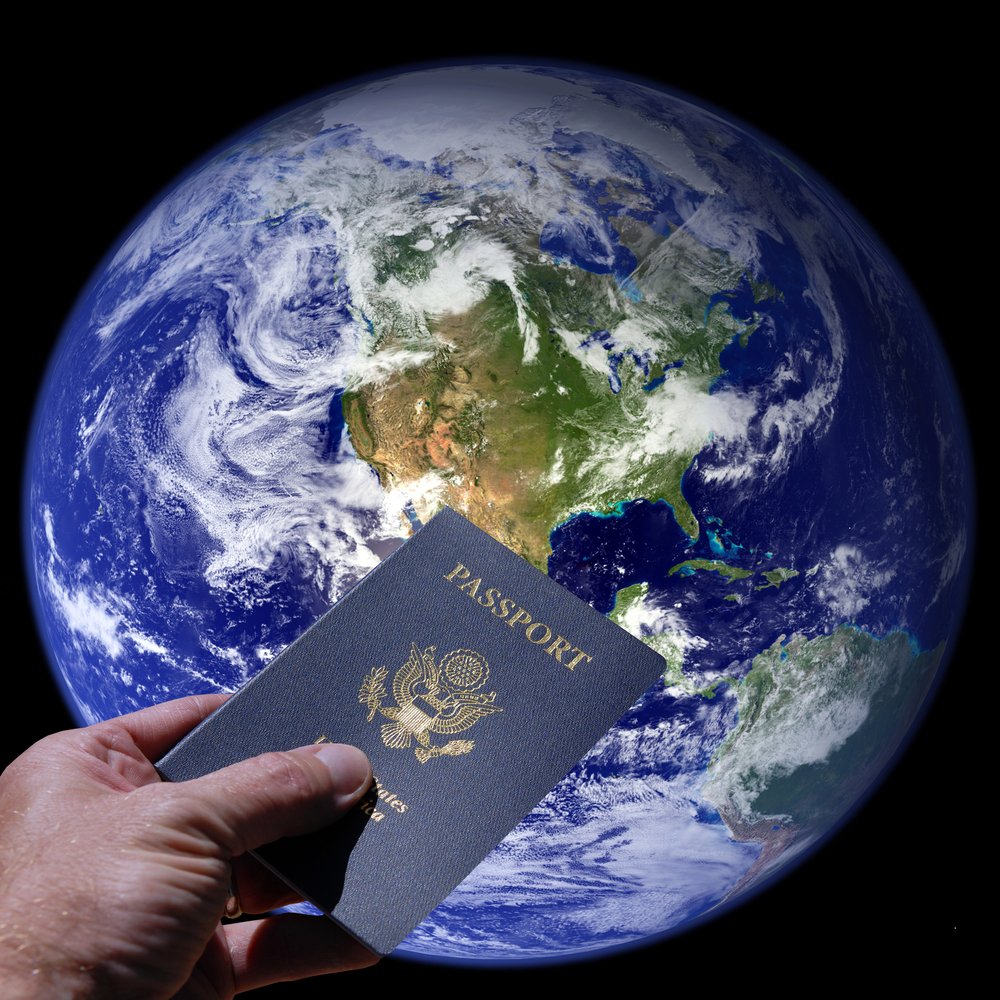
Global Entry includes TSA PreCheck benefits plus expedited customs processing when returning to the U.S. from international travel. Instead of waiting in long immigration lines, you’ll use automated kiosks that scan your passport and fingerprints in about 30 seconds. The program costs $100 for five years and requires an in-person interview, but it’s particularly valuable for frequent international travelers. Many premium credit cards reimburse the application fee, making it essentially free.
NEXUS
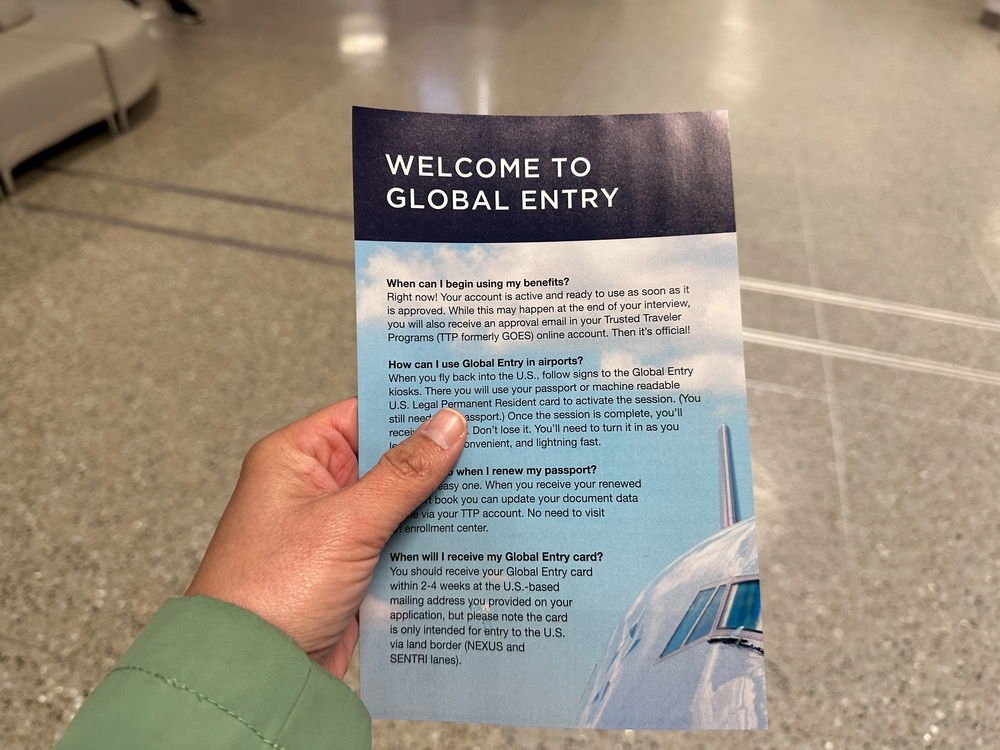
— Photo by mkopka
NEXUS works like Global Entry but covers travel between the U.S. and Canada. Members get TSA PreCheck benefits and can use dedicated lanes at land borders, which can save hours during busy travel periods. The program costs only $50 for five years, making it the most affordable option for expedited screening. You’ll need to be approved by both U.S. and Canadian authorities, but the process is straightforward for most applicants.
SENTRI
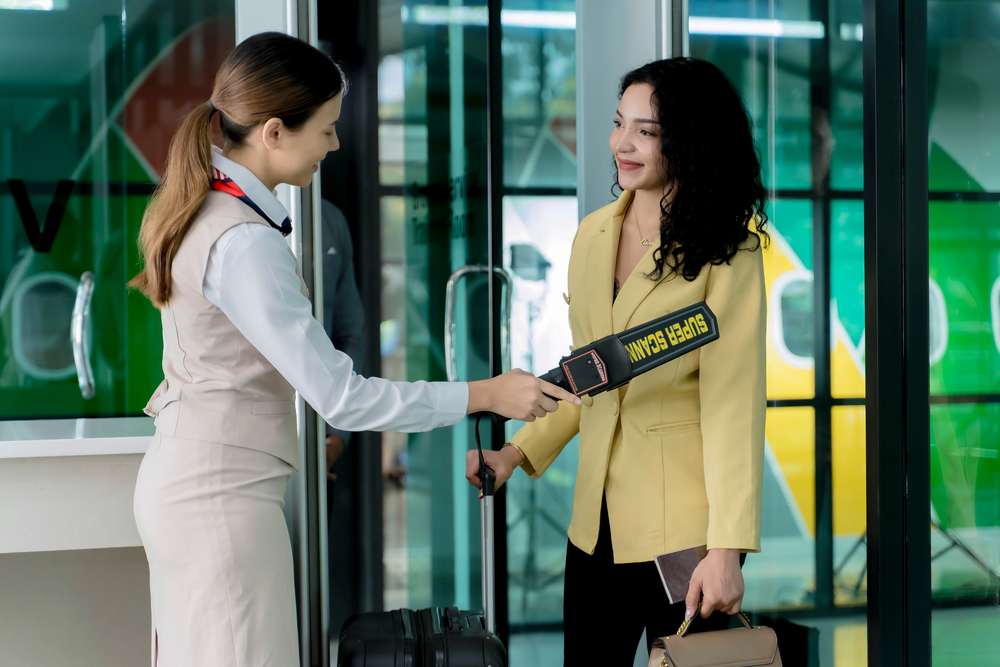
SENTRI focuses on the U.S.-Mexico border and includes TSA PreCheck benefits for domestic flights. The program allows you to use dedicated lanes when crossing the border by land, which can cut wait times from hours to minutes at busy crossings like Tijuana or Ciudad Juárez. It costs $122.25 for five years and requires an extensive background check, but it’s invaluable for people who regularly travel between the two countries.
Clear
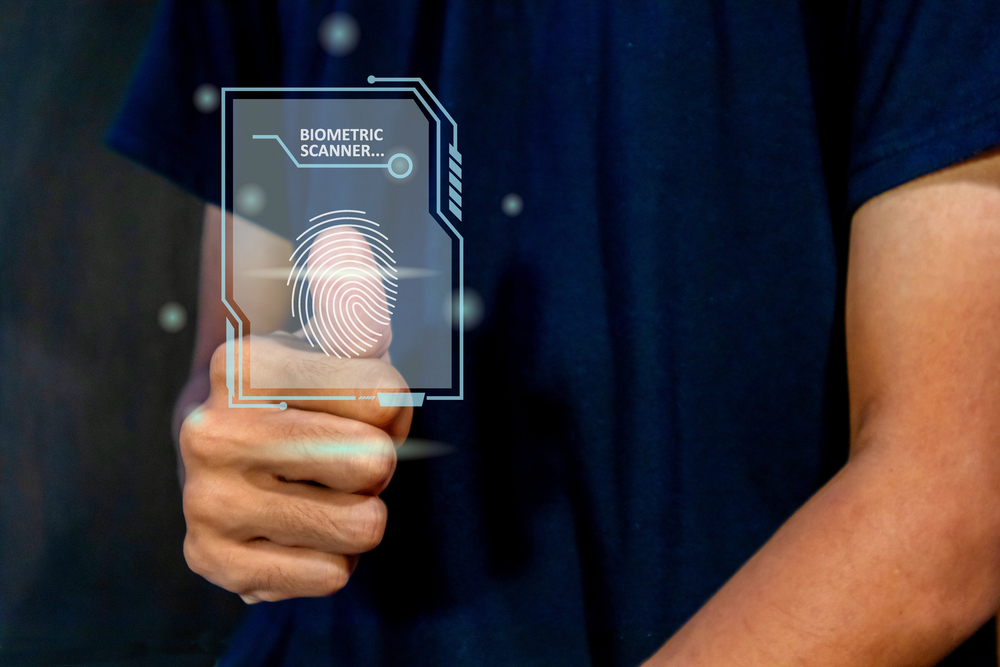
Clear uses biometric technology to verify your identity quickly, letting you skip to the front of security lines at participating airports. You’ll place your finger on a scanner or look into a camera, and within seconds, a Clear representative escorts you directly to the metal detector or body scanner. The service costs $189 per year, which is more expensive than government programs, but it works immediately without waiting for background checks to complete.
First Class and Business Class Priority Lines
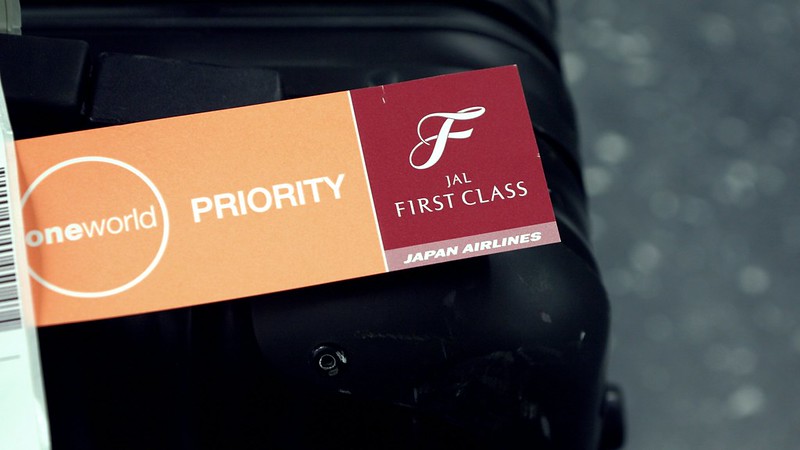
Premium cabin passengers typically get access to shorter security lines at most major airports. These dedicated lanes often move faster because they serve fewer people, and the passengers using them tend to be more experienced travelers who know the routine. The cost depends on your ticket price, but even last-minute upgrades can sometimes provide access to these lines. Some airports also extend this privilege to passengers flying on full-fare economy tickets.
Elite Status Priority Lines
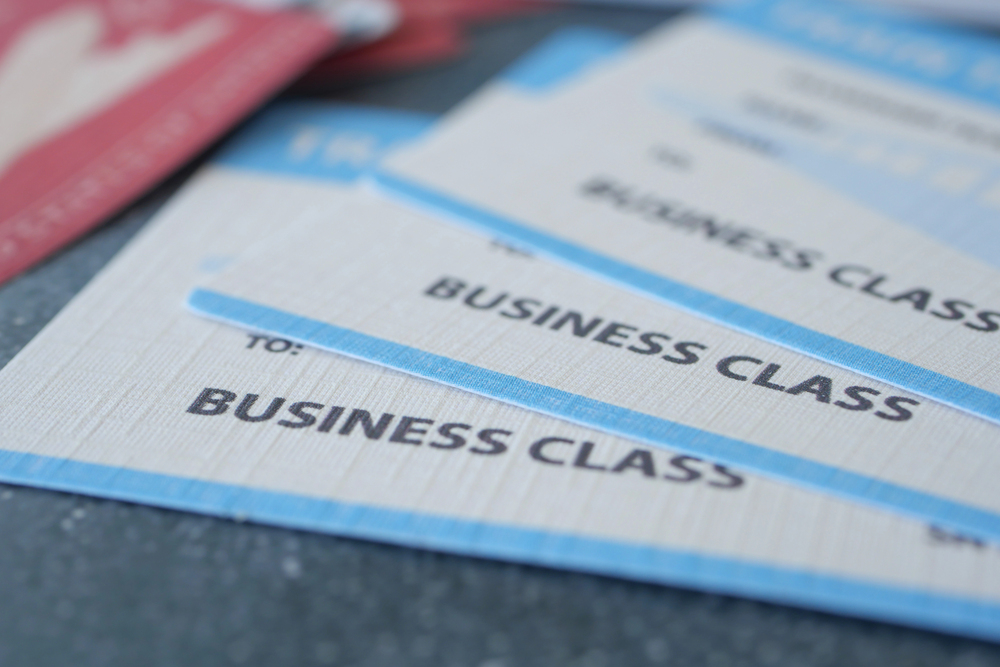
Frequent flyers with elite status on major airlines often get access to priority security lanes regardless of their ticket class. These programs typically require flying a certain number of miles or segments each year, but they provide consistent benefits across multiple airports. The exact requirements vary by airline, but most top-tier programs include some form of security line access. Some airlines also extend these benefits to passengers flying on partner airlines.
Military and Uniformed Services
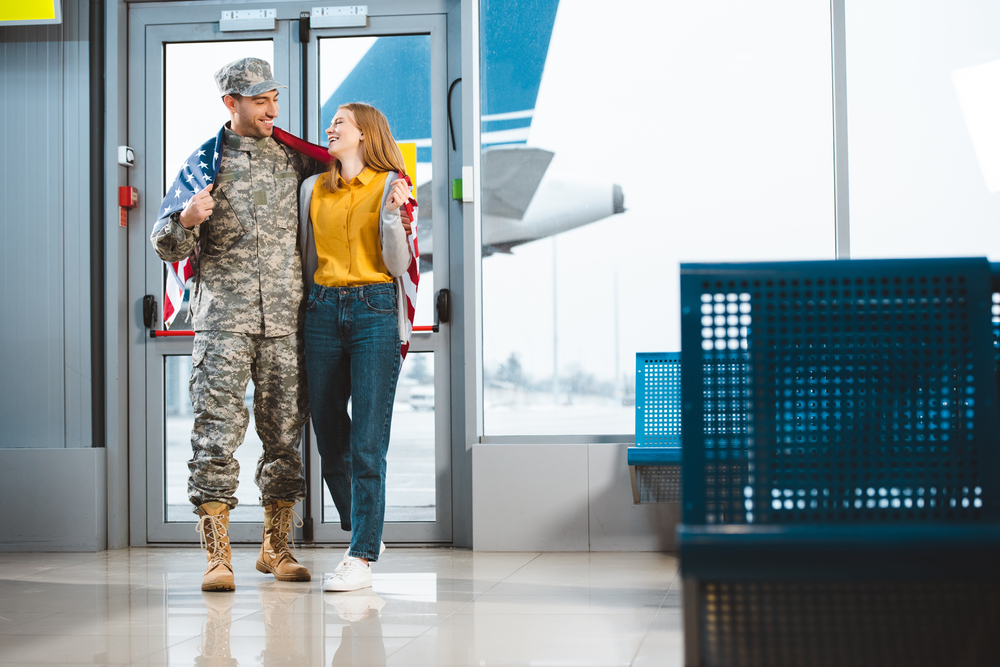
Active duty military personnel, reserves, and certain government employees can use expedited security lanes at most U.S. airports. You’ll need to show proper identification and may need to be in uniform depending on the airport’s specific policies. This benefit extends to some family members when traveling together, though the rules vary by location. The process is usually faster because these passengers undergo regular security clearances throughout their employment.
Crew and Airline Employee Lines
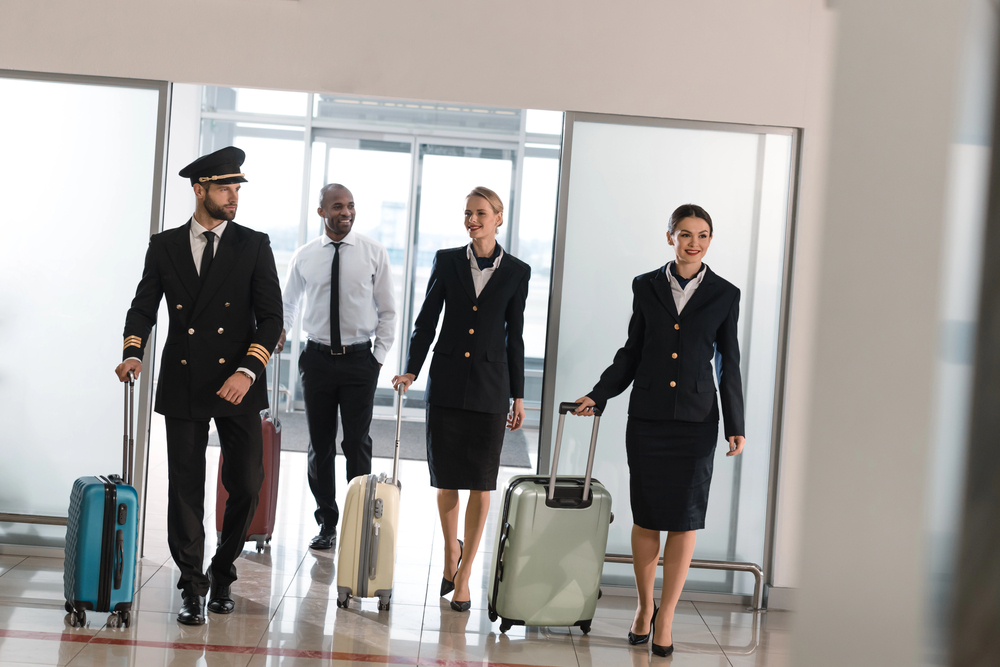
Airline employees and flight crews have access to specialized security checkpoints that are typically much faster than public lines. These areas use different screening procedures designed for people who work in aviation regularly. Some airports also allow employees from other aviation companies, like ground handling services or maintenance crews, to use these facilities. The access depends on having proper aviation worker credentials and being on official business.
Diplomatic and Government Official Lines
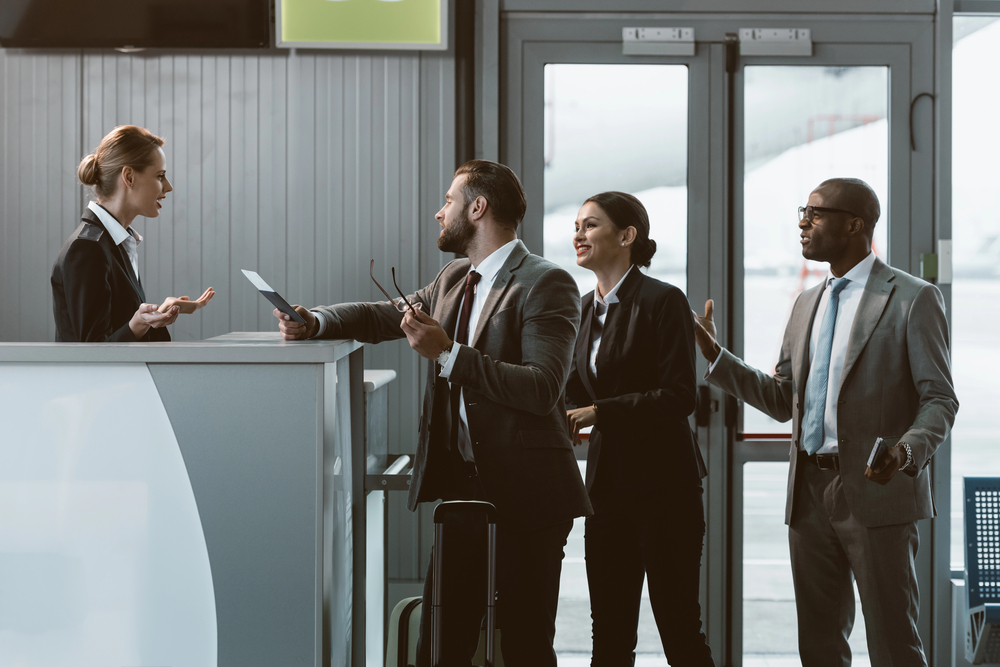
Foreign diplomats and certain high-level government officials can use special security procedures that bypass regular checkpoints entirely. These arrangements are coordinated in advance and typically involve separate entrances to the secure area of the airport. The process varies significantly depending on the official’s rank and the nature of their travel, but it’s designed to be both secure and efficient.
Private Jet Terminals
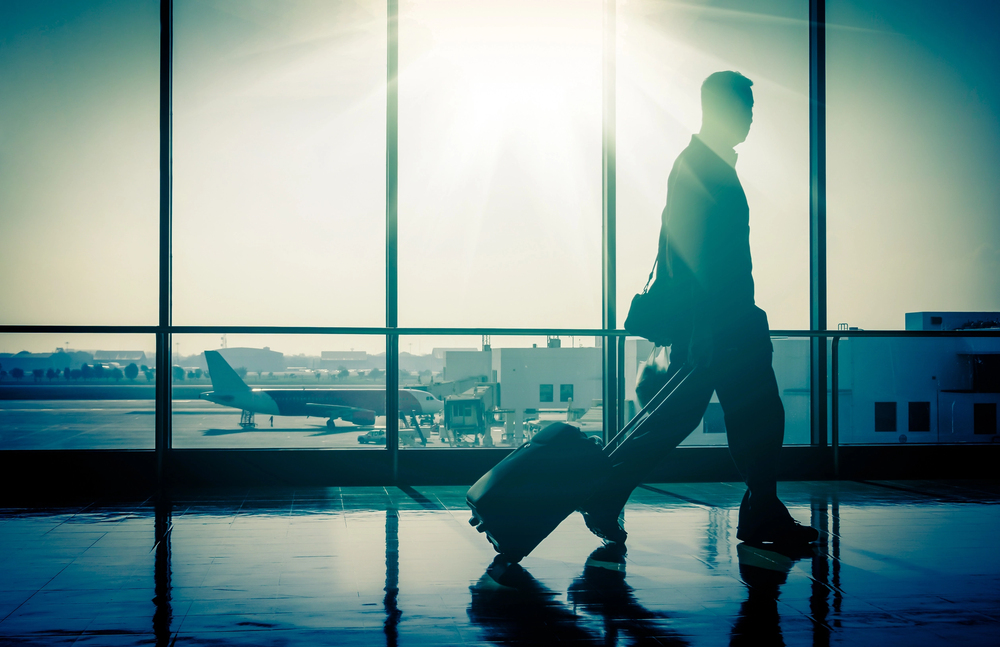
Flying on private jets means using separate terminals called Fixed Base Operators (FBOs) that have their own security procedures. These facilities typically process passengers much faster than commercial terminals because they handle fewer people and use streamlined procedures. The security screening still meets federal requirements, but it’s usually completed in a matter of minutes rather than the lengthy process at main terminals.
Certain Medical Conditions and Disabilities
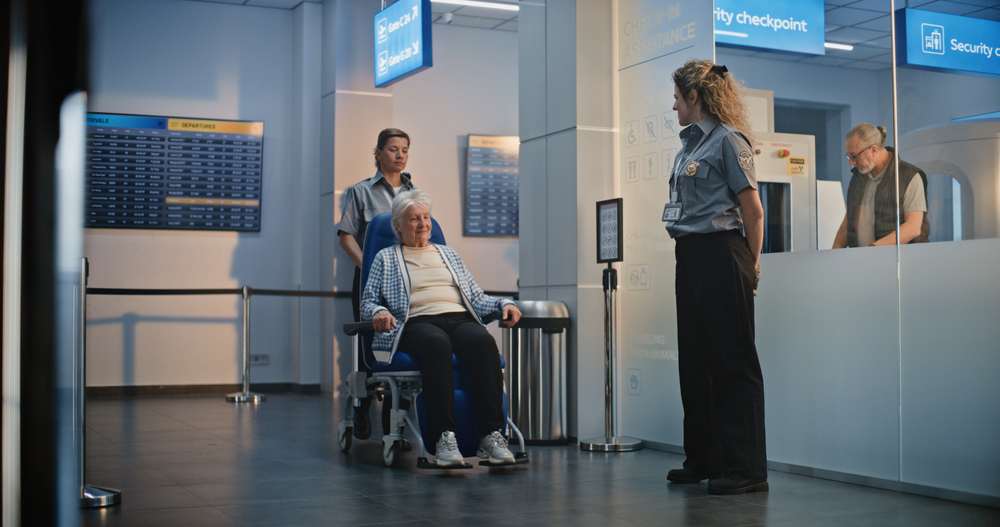
Passengers with certain medical conditions or disabilities can request alternative screening procedures that may be faster than standard lines. These accommodations are handled on a case-by-case basis and typically involve private screening areas with specially trained personnel. The process requires advance notification and proper documentation, but it can significantly reduce wait times while ensuring appropriate care for passengers with special needs.
Airport Employee Access
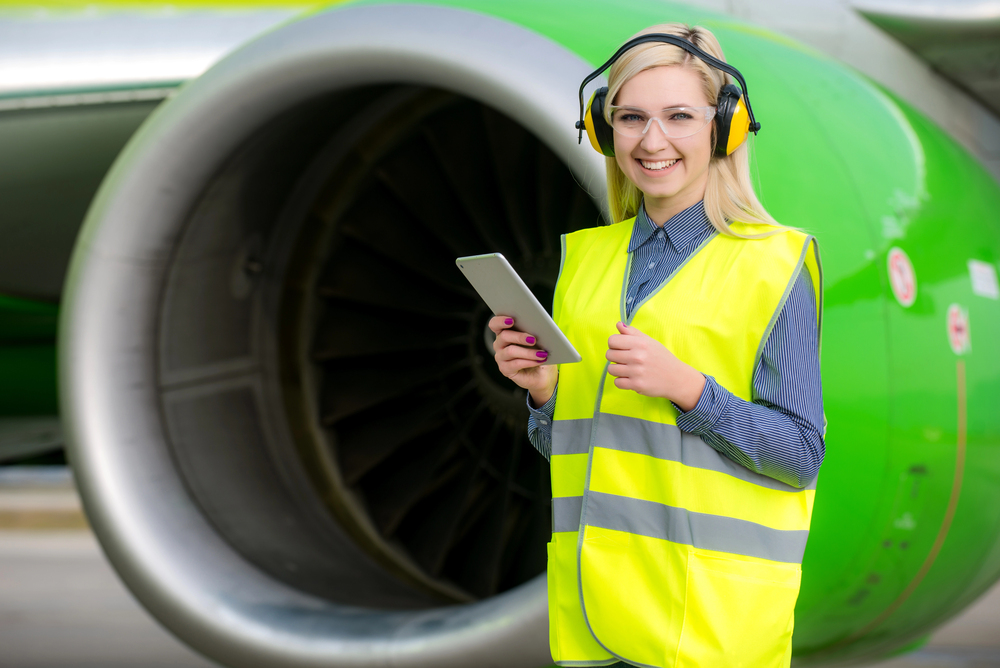
People who work at airports but aren’t airline employees can sometimes access expedited screening through employee entrances. This includes workers for restaurants, shops, maintenance companies, and other airport businesses. They typically need special badges and must undergo regular background checks to maintain this access. The specific procedures vary by airport, but they’re generally much faster than public checkpoints.
Connecting International Passengers
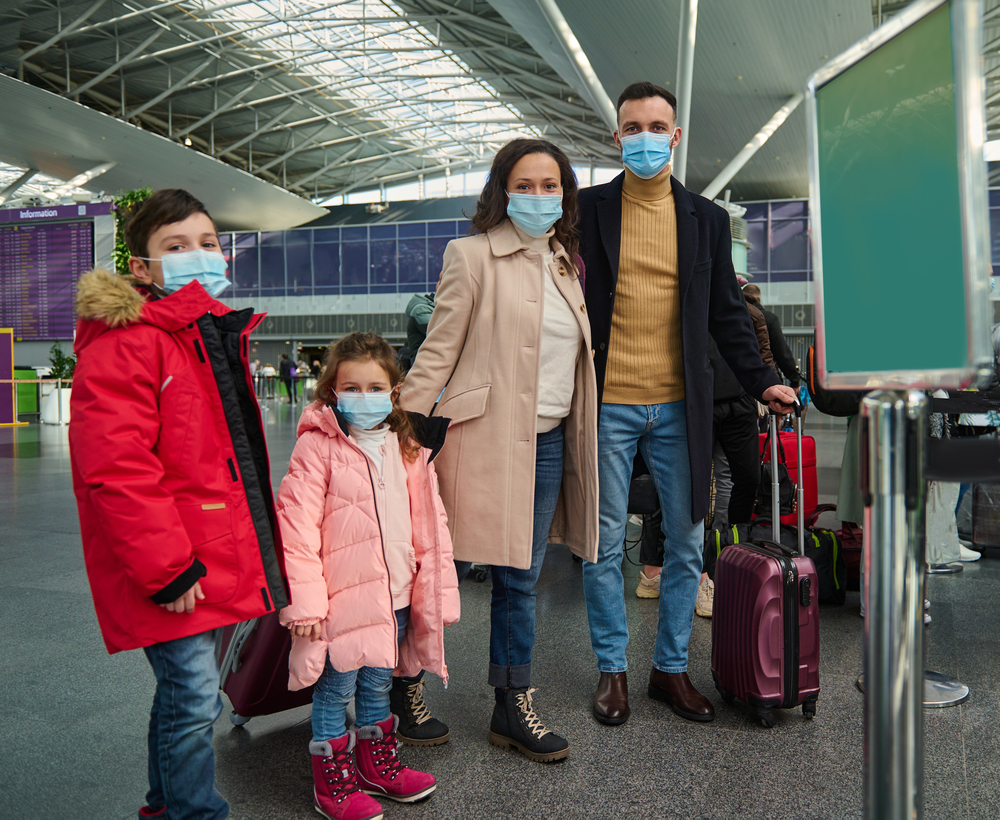
International passengers connecting through U.S. airports without entering the country can sometimes use special transit procedures that bypass regular immigration and customs lines. These passengers remain in secure areas and follow different routing that can be significantly faster than the standard process. The availability depends on the specific airport and the countries involved in your journey, but many major hubs offer these streamlined procedures.
Law Enforcement and Security Personnel
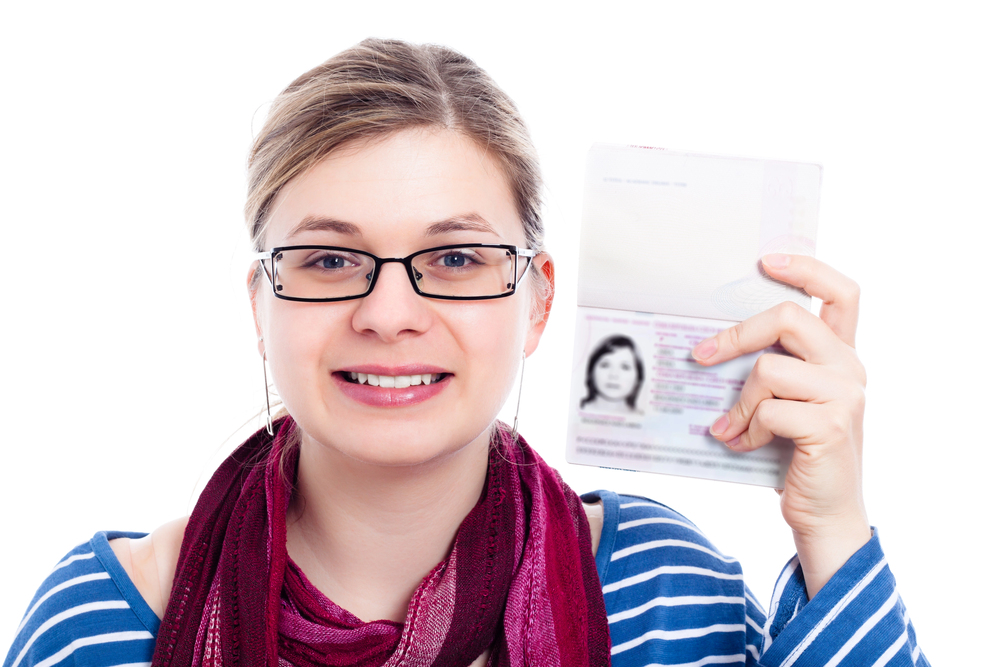
Off-duty law enforcement officers and certain security personnel can use expedited screening procedures at many airports. This typically requires proper identification and may involve coordination with airport security in advance. The process recognizes that these individuals undergo regular background checks and training as part of their employment. Some airports also extend similar courtesies to retired law enforcement officers with proper credentials.
VIP and Concierge Services
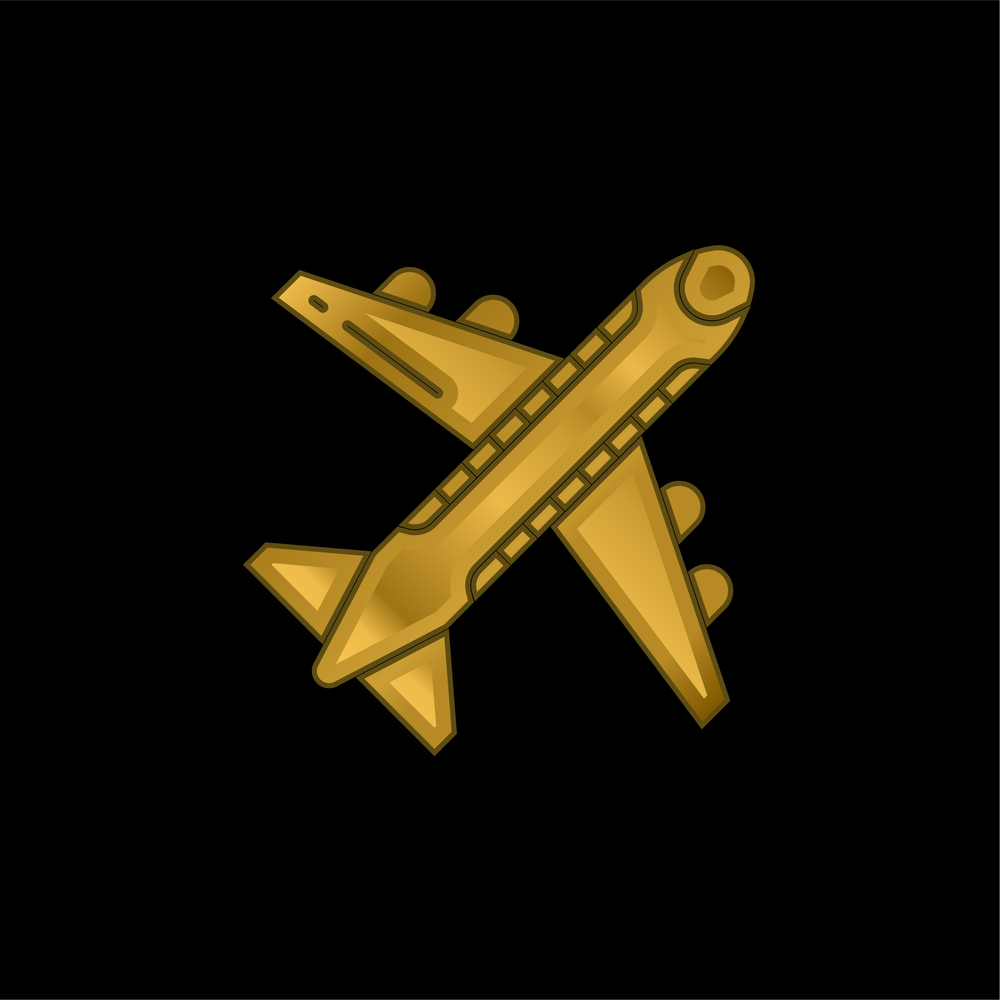
Some airports offer paid VIP services that include expedited security screening as part of premium travel packages. These services typically cost several hundred dollars but can include personal escorts, private lounges, and priority treatment throughout the airport. The security component usually involves dedicated lanes or private screening areas that process passengers much faster than regular checkpoints.
Special Event and Group Processing
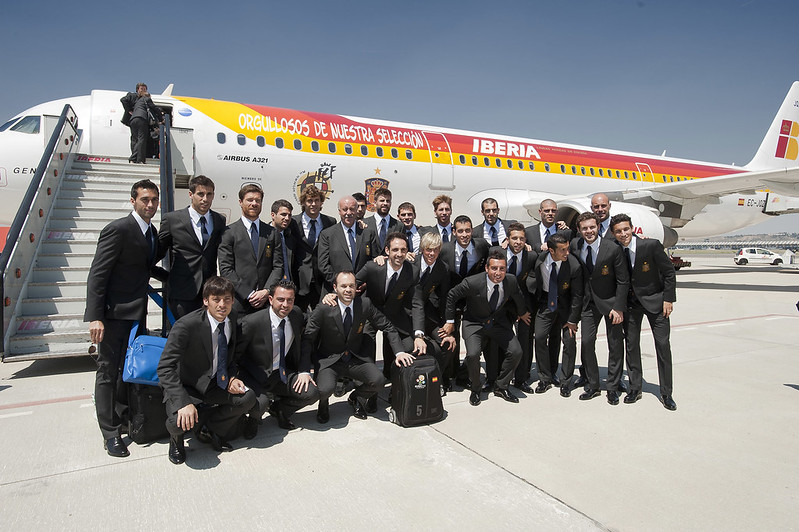
Large groups traveling together for special events sometimes receive expedited processing through advance coordination with airport security. This might include sports teams, tour groups, or corporate travelers who arrange special handling in advance. The procedures typically involve dedicated screening areas and additional personnel to handle the group efficiently. These arrangements require significant advance planning and coordination with airport authorities.
Beyond the Checkpoint
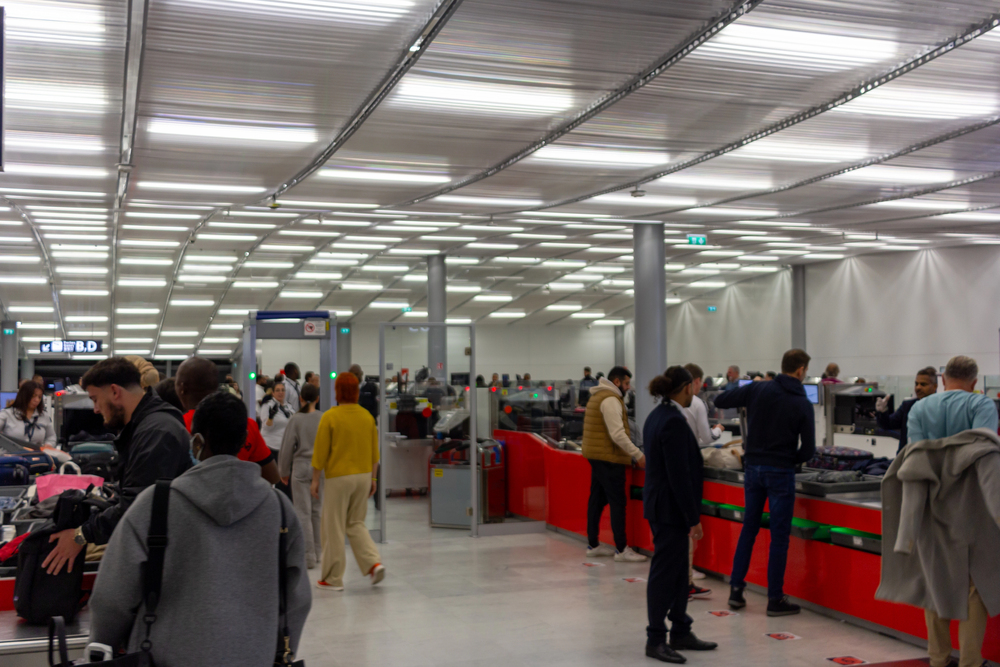
— Photo by HenryStJohn
These programs and procedures represent decades of evolution in airport security, balancing the need for thorough screening with the reality that millions of travelers need to move through airports efficiently every day. What started as a simple metal detector process has evolved into sophisticated systems that can identify low-risk travelers and process them accordingly. The technology continues advancing, with biometric systems and artificial intelligence promising even faster and more accurate screening in the future. For now, though, these 17 options provide legitimate ways to spend less time waiting in lines and more time enjoying your journey.
More from Travel Pug

- 20 Best Beach Towns in the Carolinas
- 13 Destinations Where Tourists Regularly Regret Their Trip
- 20 Things You Actually Get in First Class
- 20 Small Airports With Aviation Museums
- 20 Places in the U.S. That Are Perfect for a Reset Trip
Like Travel Pug’s content? Follow us on MSN.
